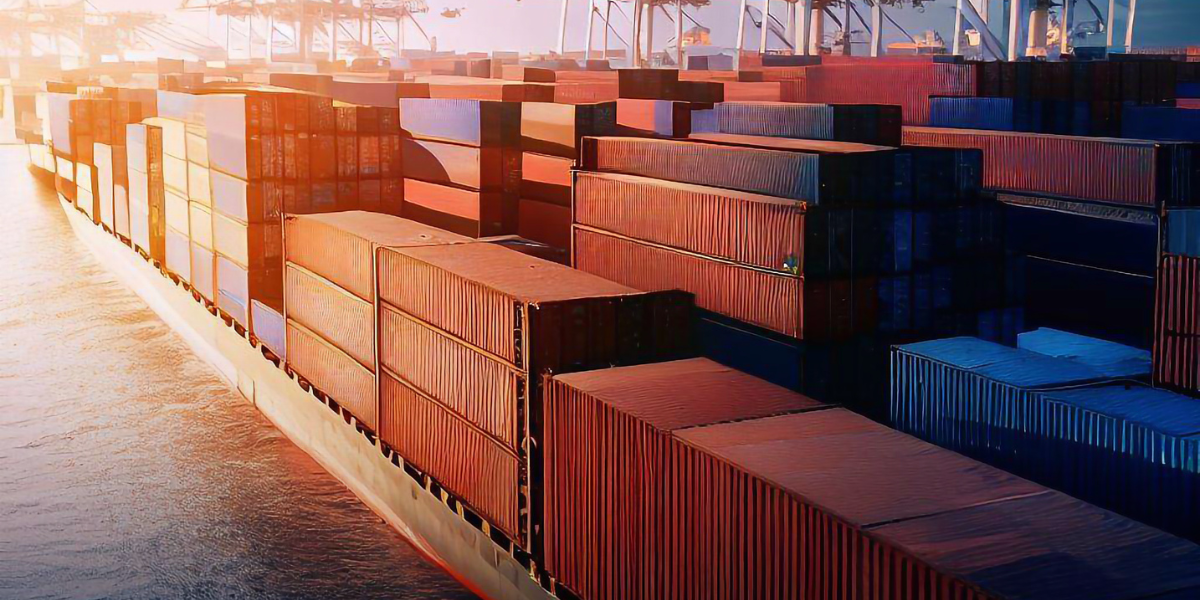
How to Accurately Determine Freight Class for Your Shipments
Getting the freight class right for your shipments is key to smooth logistics and keeping shipping costs down. This guide will walk you through the basics of freight class, how to determine it, and why it matters.
What is Freight Class?
Freight class is a standardized classification system used to categorize shipments based on various factors. It is crucial for determining shipping costs and ensuring that your shipments are handled properly.
Why Freight Class Matters
Freight class affects shipping rates, handling procedures, and potential claims. Misclassifying your shipment can lead to unexpected charges or delays.
Accurate freight classification helps avoid:
- Unexpected shipping costs
- Delays and reclassification fees
- Issues with insurance claims
Key Factors in Determining Freight Class
Density refers to the weight of the shipment relative to its size. To calculate density, divide the weight of the shipment by its volume (in cubic feet). Higher density typically results in a lower freight class and lower shipping costs.
Stowability assesses how easily your shipment can be stored with other freight. Items that are awkwardly shaped or require special handling may have a higher freight class.
Handling involves evaluating how easily the shipment can be loaded, unloaded, and moved. Fragile or hazardous items might have a higher freight class due to the additional care required.
Liability considers the value and risk of damage or theft. High-value or fragile items may have a higher freight class to account for the increased risk.
Steps to Determine Freight Class
Figuring out the correct freight class involves a few key steps to ensure accuracy and avoid any shipping issues.
Step 1: Measure and Weigh Your Shipment
Accurate measurements and weight are crucial. Use a reliable scale and measuring tools to ensure precision.
Step 2: Calculate Density
Use the formula:

This calculation helps you determine the initial freight class.
Step 3: Assess Stowability, Handling, and Liability
Consider how your shipment’s shape, handling requirements, and value might impact its classification. Compare these factors against the National Motor Freight Classification (NMFC) guidelines.
Step 4: Verify with the NMFC
Check the NMFC database for the exact freight class based on your shipment’s characteristics. This ensures accuracy and compliance with industry standards.

Need help with your freight classification? Contact DAL today for expert advice and support. We’re here to make your shipping process seamless and efficient.
Common Freight Class Categories
- Class 50 – The least expensive and typically includes high-density items like bricks or hardwood flooring.
- Class 100 – Includes moderately dense items such as machinery parts and furniture.
- Class 200 – Covers lighter, more fragile items like clothing and electronics.
- Class 400 – The most expensive, often reserved for delicate, high-value goods like antiques or artwork.
Tips for Ensuring Accurate Classification
Ensuring accurate freight classification is essential to avoid costly reclassifications and unexpected fees. Here are some practical tips to help you get it right:
- Double-Check Measurements: Always verify the dimensions and weight of your shipment to ensure they match the information provided to the carrier. This can prevent any surprises or additional charges during transit.
- Use the Right Packaging: Proper packaging can significantly impact the freight class by improving stowability and handling. Make sure your goods are securely packed and protected to optimize space and prevent damage.
- Consult with Experts: When in doubt, seek advice from logistics professionals or consult the NMFC guidelines directly. A logistics company can provide valuable insights and ensure your shipments are accurately classified, saving you time and money in the long run.
DAL is Your Trusted Logistics Company
Navigating freight classification can be complex, but DAL is here to help. Our experienced team can assist you in accurately determining the freight class for your shipments, ensuring smooth logistics and cost-effective shipping solutions.
For more information about our logistics services and supply chain solutions, reach out anytime.